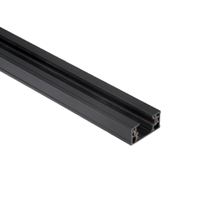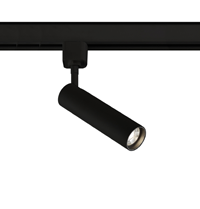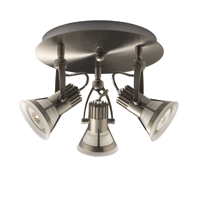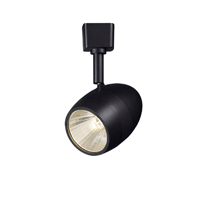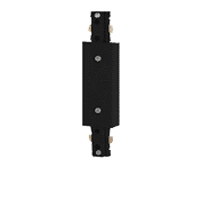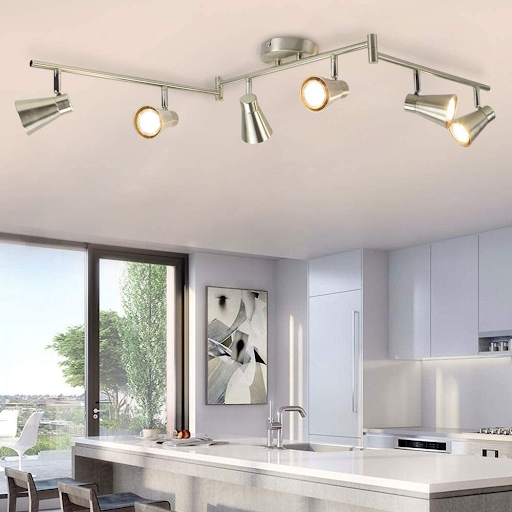About Track Lights
Track lighting fixtures are very popular in homes and apartments, and they can also be used in many commercial and industrial locations. Track lights are characterized by their adjustable design, which allows them to be pointed in any direction. These lights are not limited to specific sockets or lampholders, since they can be inserted in any position along the track that supports them. Also, no rewiring is needed, since the track has built-in conductors along its entire length.
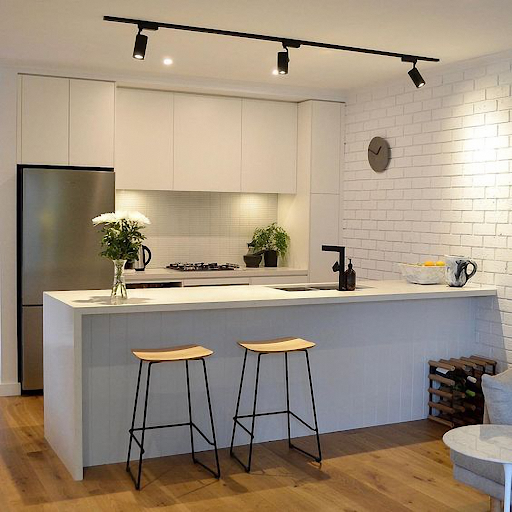
Track lighting is not only used to provide visibility, but also for decorative purposes. By using the pointable light beams, architects and interior designers can bring attention towards specific design features or decorative elements. Most types of fixtures don’t offer this mobility, and the direction of their light beam is fixed in place once they are installed. Some recessed lights have adjustable trims, but they have a smaller movement range than track lights.
Ceiling track lighting is also very useful during activities that require extra light in a specific location. You can have all the track lights pointed towards the same object or surface, or you can adjust them in different directions to achieve uniform lighting. For example, they can be pointed towards a conference room table when working with printed documents.
If you’re looking for track lighting in Canada, Lumenco offers a wide product variety that can meet the requirements of any project.
What Are the Types of Track Lights?
In general, track light designs are based on the same principle. The lamps can be installed anywhere along their track, which provides an attachment point and electricity, and their light beam can be pointed in any direction. However, there are three main configurations available:
-
Standard track lighting
-
Monorail lighting
-
Cable lighting
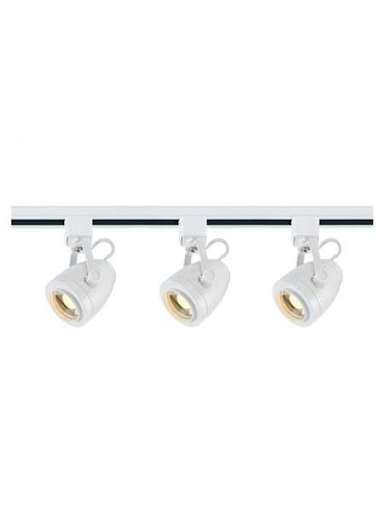
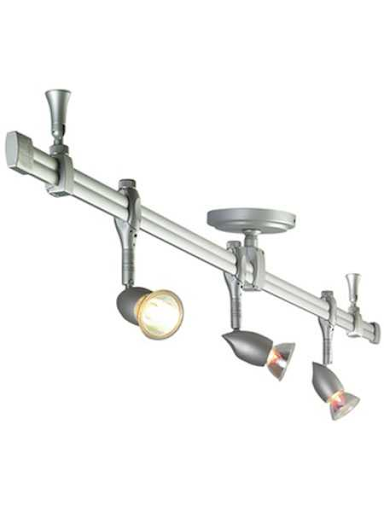
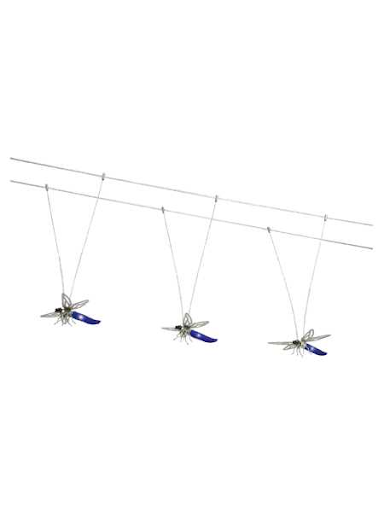
Standard track lights use linear tracks or bars that are installed directly on the ceiling, and there are recessed and surface-mounted versions. These tracks hold the lights, which are often designed to lock in place with a 90° turn. Once the track lights are attached, they also come in contact with the electrical conductors inside the bar, and they can be switched on and off.
Some track lights have two internal circuits, which means that two sets of lights can be switched independently while installed on the same track. The design voltage can also vary: some track lights use the AC voltage supply directly, while others require low voltage (typically 12V or 24V). You need to install a step-down transformer if you plan to use low voltage track lights.
-
Tracks vary in length, but they normally range from 2’ to 8’.
-
Based on their internal design, they can be classified into three main types: J, H and L.
-
The type of track must match the light fixtures, or otherwise they cannot be attached.
Monorail lighting does not use linear tracks attached to the ceiling, and instead it uses a flexible rail where the lights are attached. The rail hangs from the ceiling with special rods, and the lights can be installed anywhere along its length. Just like normal tracks, these rails can have two separate circuits to control groups of lamps independently.
Cable lighting does not use tracks or rails of any type. Instead, a pair of cables is suspended between two attachment points, and the light fixtures are suspended between the cables. This also establishes a connection between the cables, and voltage can be supplied to the lamps. Since the support cables are also the electrical conductors, all light fixtures suspended from the same pair of cables are switched together. This configuration is very useful when the ceiling is not suitable for tracks or rails.
How to Install Track Lights
The installation procedure for track lights will depend on the specific type of fixture:
-
Standard tracks are simply attached to the ceiling with screws, just like any surface-mounted fixture.
-
Monorails are not attached directly to the ceiling. Special rods are installed first, and then the monorail is suspended from them.
Cable lighting systems are attached from their ends, and there may be intermediate attachment points that also use cables.
Regardless of the configuration, you must provide an adequate voltage supply, which will depend on the manufacturer’s specifications. If your track lighting system is designed for low voltage, you must install a step-down transformer of the right voltage output and wattage.
Once you have installed the tracks, light fixtures can be simply inserted in the required position, and locked in place. There are many options available, ranging from track lighting pendants to smaller lamps with short bases. Track lights are small and lightweight, which means they don’t represent a significant load for your ceiling.
Keep in mind that manufacturers have developed their own track lighting configurations, and compatibility between brands is often limited. Before purchasing track lights for your project, make sure that all components are compatible.
Using Track Lights Properly: Advantages and Limitations
Track lights are characterized by their versatility and the wide variety of track heads available. This means they are not only lighting fixtures, but also decorative elements. In the case of standard tracks and monorails, there are also dual-circuit options that allow two sets of independent lights on the same rail. There are many lamp types available when using track lighting, which means you can have any lumen output or color temperature needed.
Modern track lighting often uses LEDs, which means you get two additional benefits: energy savings and a longer service life. LED track lighting is also safer to handle, since it releases less heat than incandescent, halogen or CFL bulbs.
However, you must keep in mind that track lights require more space than many other fixtures. When using them in lower ceilings, make sure they are not in a location when they can be easily damaged by impact. Also, consider that some track lights have exposed conductors, and they should not be used where they can be touched by accident.








